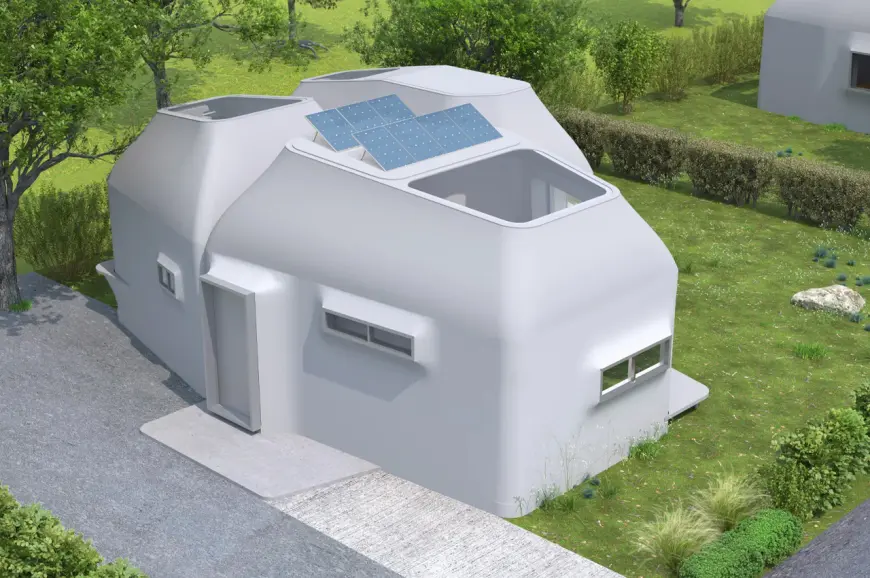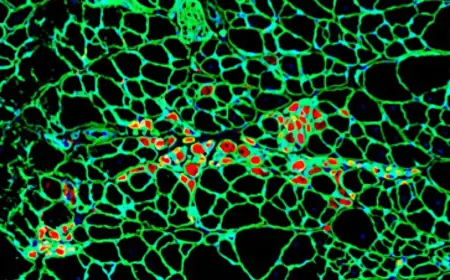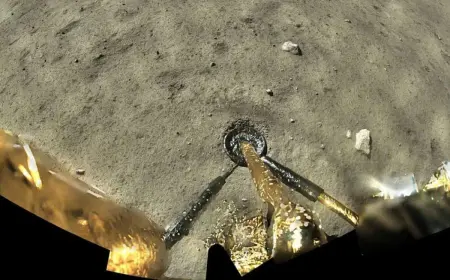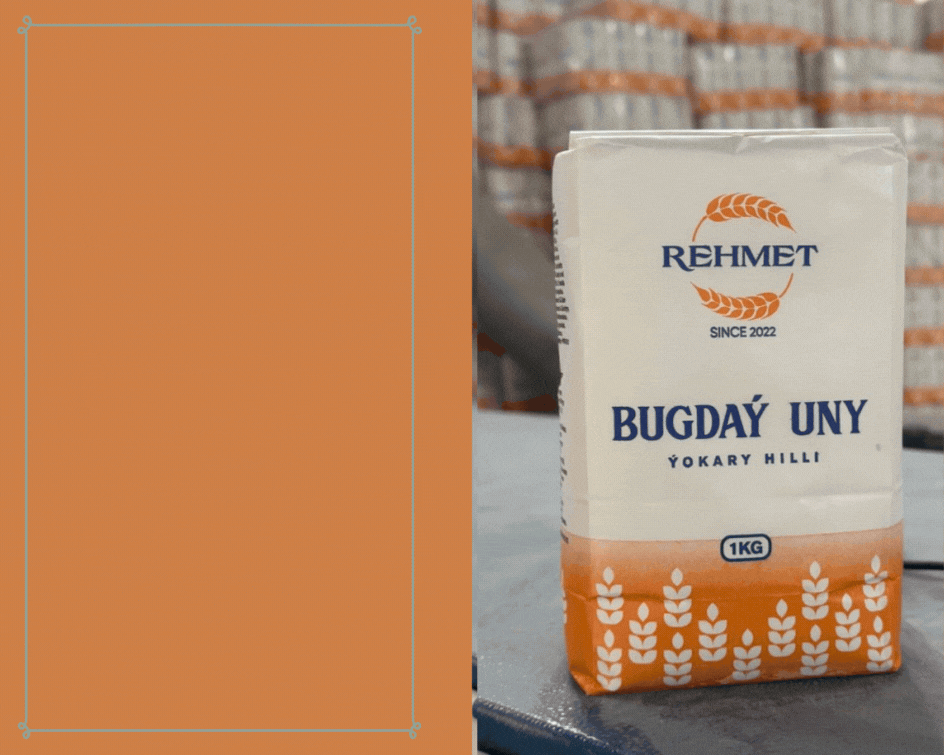Japan Has Learned to Build Durable Houses Out of Mud
According to the popular science magazine Popular Science, the Japanese construction company Lib Work has announced plans to begin selling a new type of 3D-printed house made from a mixture of soil, lime (a calcium-based binder), and natural plant fibers.

Typically, houses built using 3D printing technology are made from plastic or cement-based materials. However, Japanese engineers have proposed an innovative approach—using only natural materials. The construction mixture consists of clay reinforced with lime and strengthened further with plant fibers. According to Lib Work, these earth-based homes are five times stronger than their previous cement-based models.
The construction process itself is also cutting-edge: a 3D printer is set up directly at the building site, where it prints the main structural frame of the house. After that, workers install doors, windows, plumbing, and engineering systems. These new homes are also equipped with solar panels and batteries, enabling them to function with off-grid energy independence.
During the experimental construction phase, sensors were embedded in the walls to monitor humidity and thermal conductivity levels. After the homes are put into use, specialists will continue to monitor their structural condition, checking for any damage or irregularities over time.
The company plans to begin selling these homes in August 2025. According to the developers, using local natural materials and avoiding energy-intensive components makes this new building method not only environmentally sustainable but also promising for widespread adoption.



























